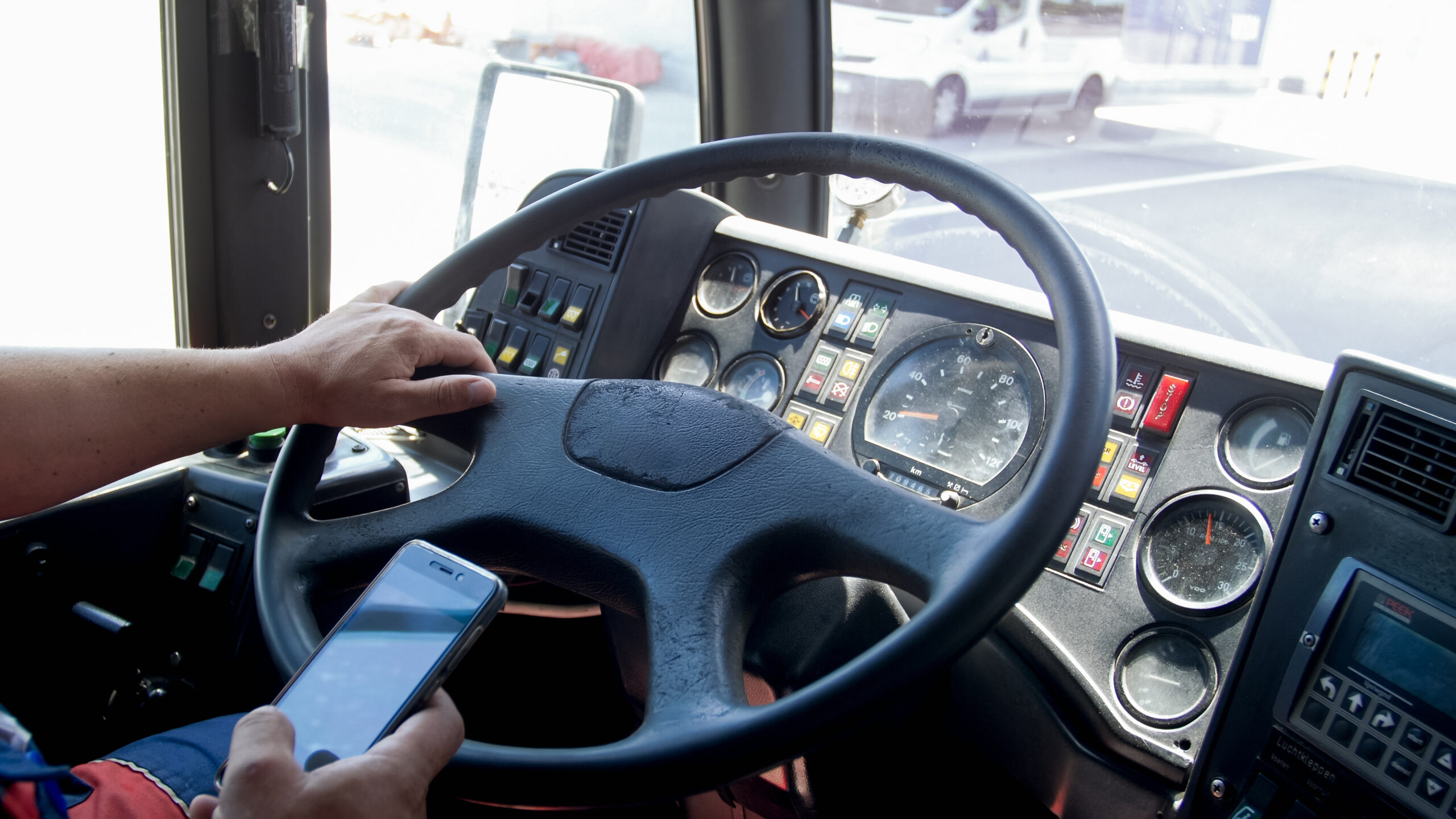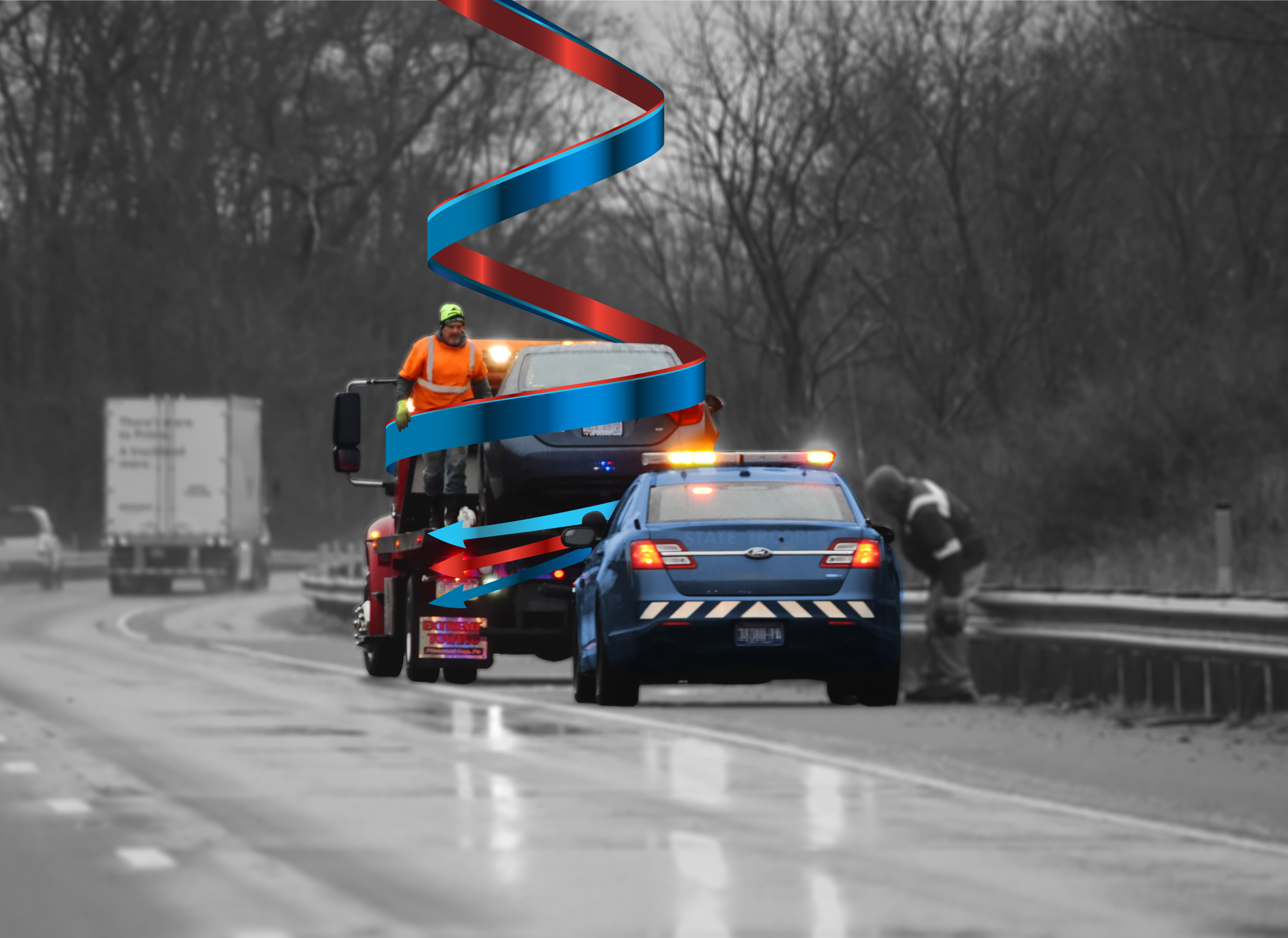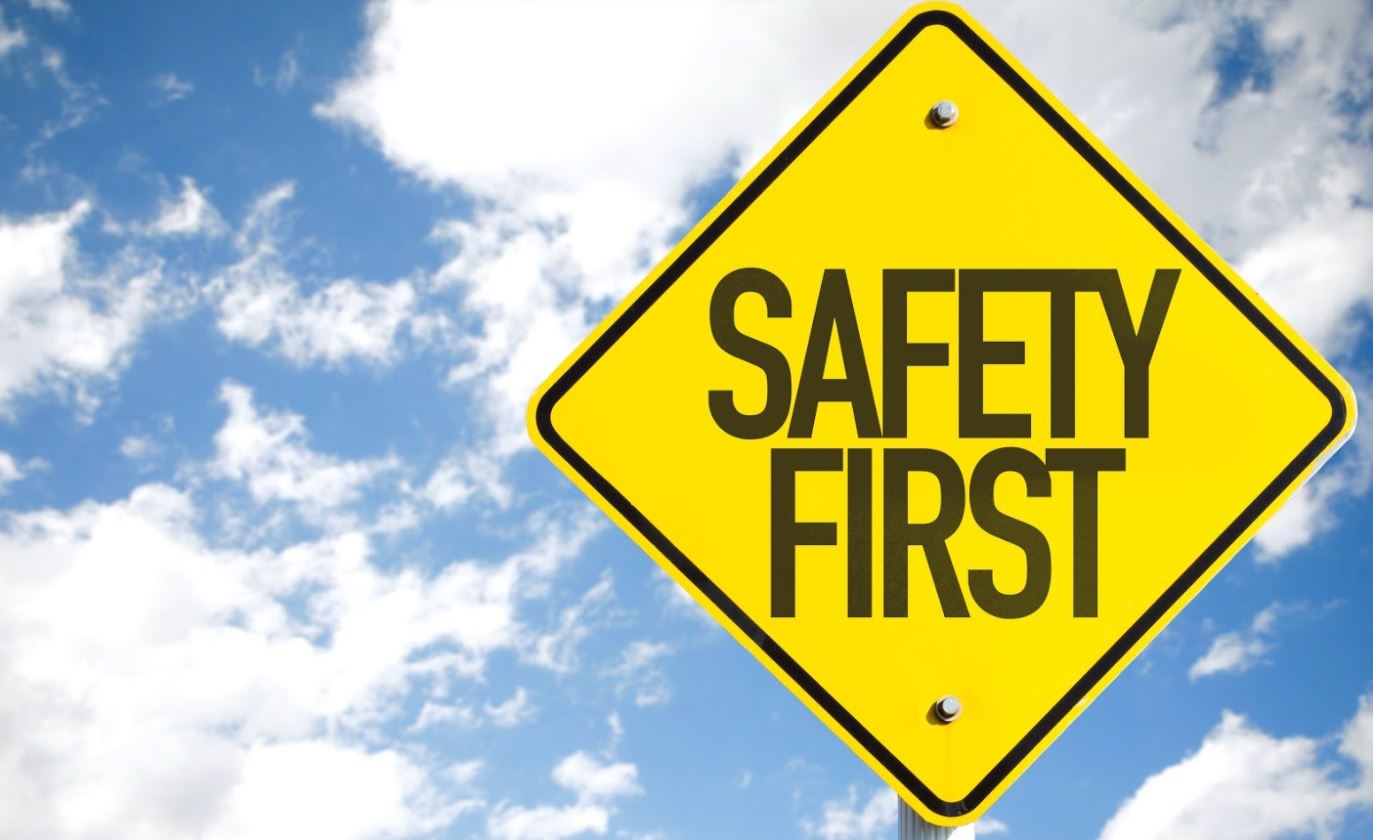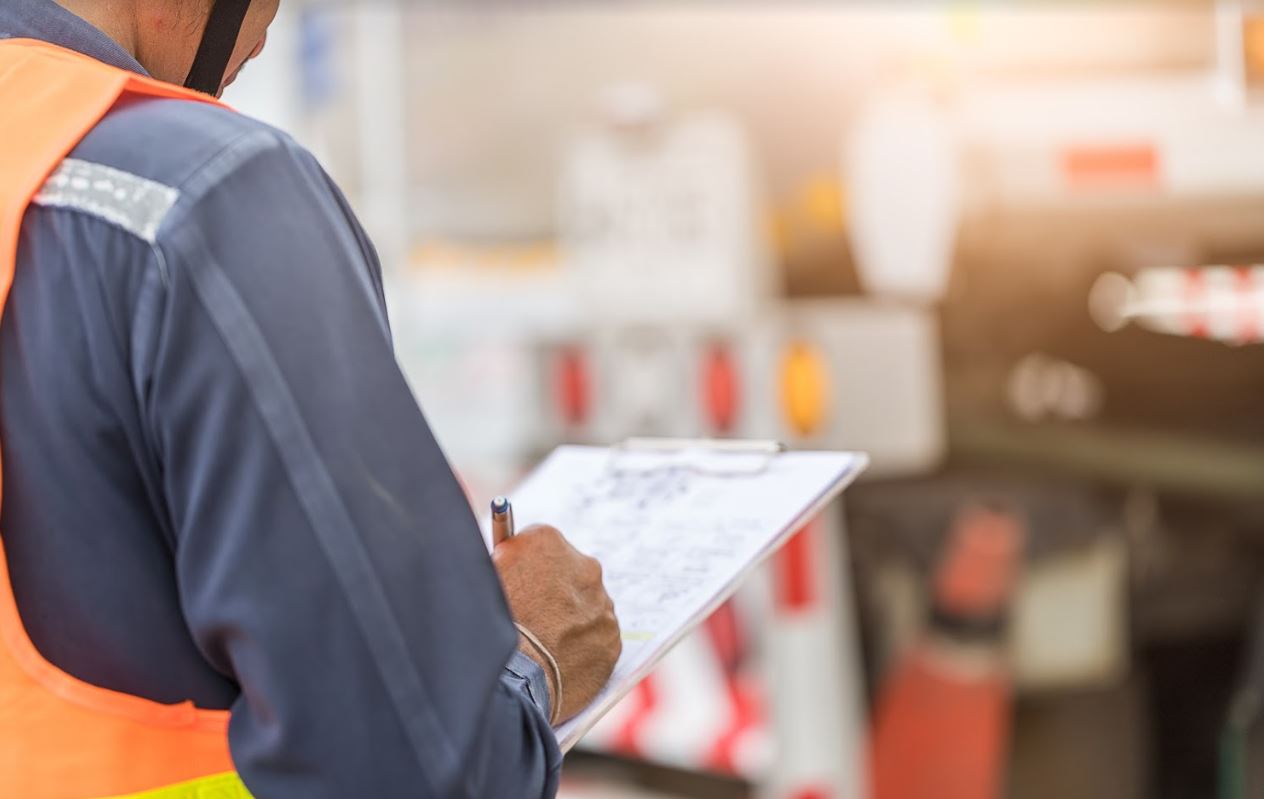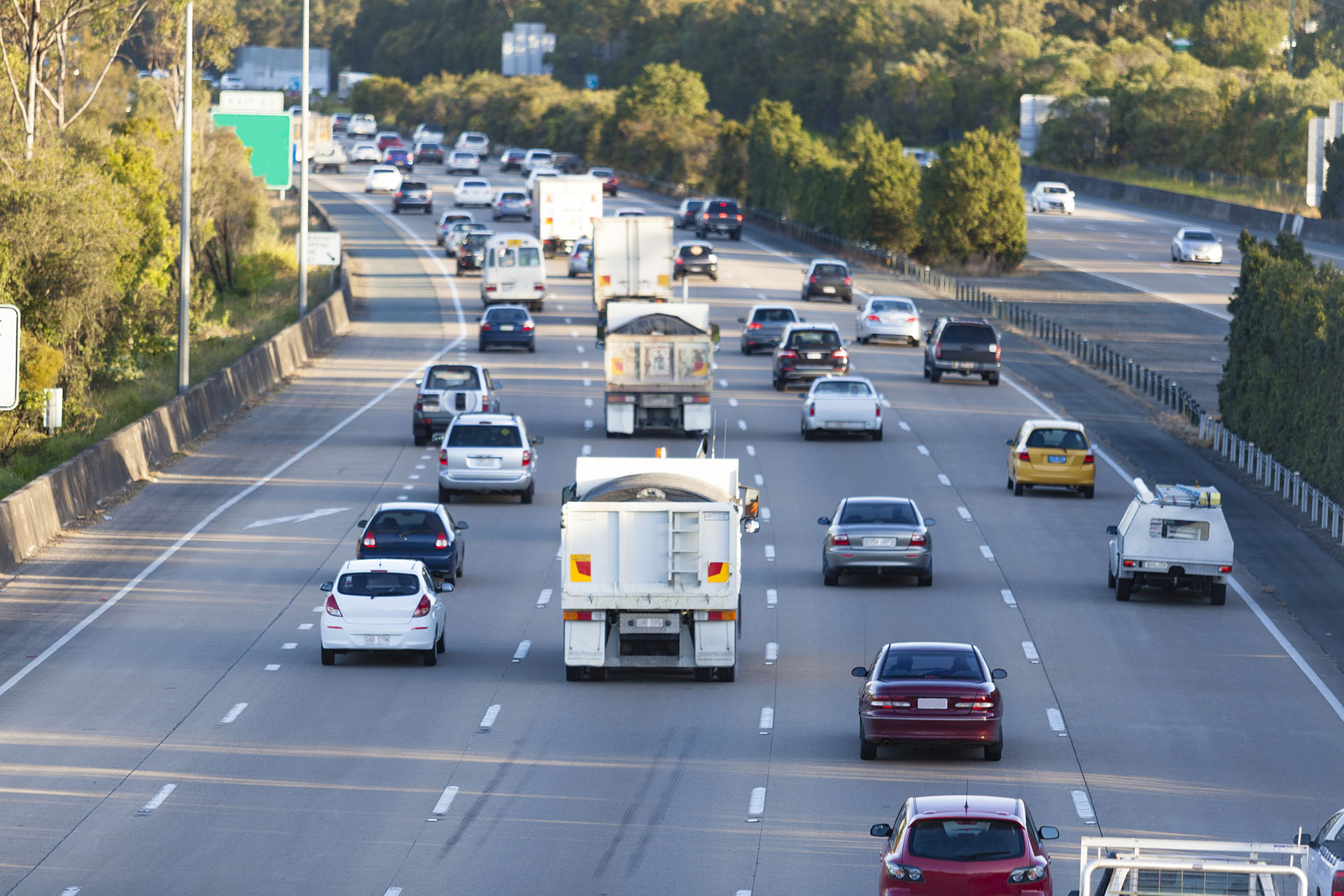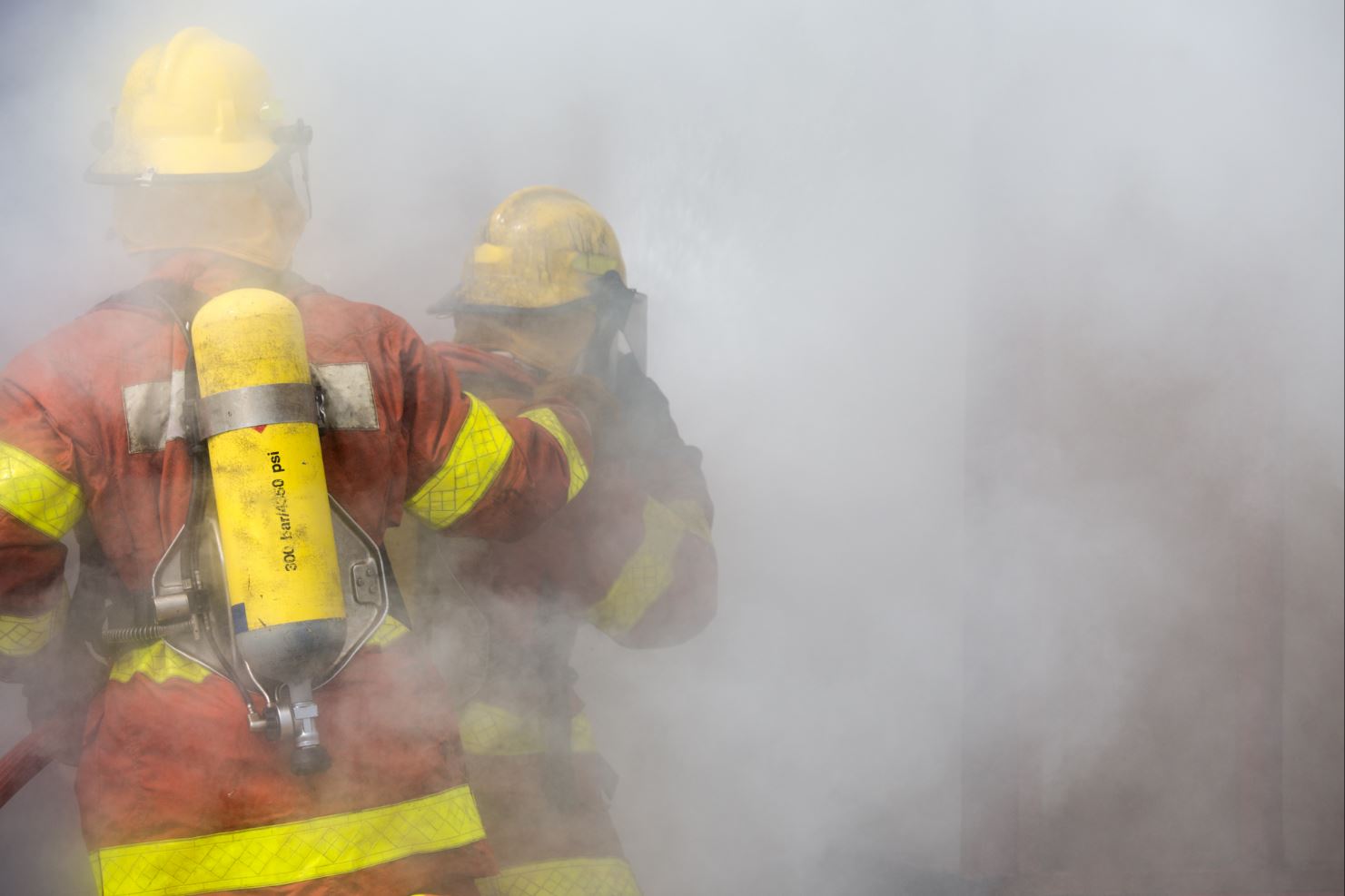 Photo credit: Fleet Complete
Photo credit: Fleet Complete
It’s no secret that improved fleet safety can increase your business efficiency and effectiveness, improve your drivers’ wellbeing, and reduce road accidents. However, there are some barriers – hidden and apparent – when it comes to upholding it. These barriers range from poor roads to lack of processes in vehicle accident reporting to unclear safety policies and programs.
Below, we’ll go through the four different obstacles to fleet safety and how to overcome them.
1. Poor-quality Roads
While the Australian Government is investing a record $100 billion in transportation infrastructure across Australia over the next decade, Australia remains plagued by poor-quality roads and dangerous highways.
According to the 2019 Driving Cities Index study carried out by Mister Auto, popular Australian cities like Perth, Brisbane, Melbourne, and Sydney rank low worldwide in road safety, road quality, and costs. The cities rank 75, 76, 77, and 78, respectively, falling significantly behind other developed nations.
Unfortunately, the road quality is so poor in some areas of Australia that, according to ABC, livestock transport companies have to avoid some roads. Scott McConnell, Independent Member for Stuart, said that certain state governments like the Northern Territory Government aren’t sufficiently maintaining roads.
“The reason these roads are in such a bad condition is because the NT Government has stripped road maintenance money out of the budgets,” said McConnell. “I’m hearing from contractors and road users that the maintenance work is almost nothing – there’s no routine maintenance, and they’re only fixing major blowouts.”
If your drivers pass through poor roads and unstable infrastructure, the best course of action may be to find an alternative route. Unfortunately, this can add hundreds of kilometers to a driver’s journey, accumulating in thousands of extra dollars in freight.
Despite this, drivers should avoid these roads where possible since poor road conditions like corrugations, potholes, and bulldust can damage your company’s vehicles and risk the safety of your drivers and the general public.
2. Poor Accident Reporting & Driving Habits
A major obstacle to fleet safety is inadequate vehicle accident reporting processes. However, having pertinent procedures and documentation in place is key to protecting your drivers. The more you can learn about an accident, the more likely you’ll prevent similar accidents from happening in the future.
This is where Fleet Complete solutions like Fleet Tracker can help. This solution helps supervisors and managers identify any potentially problematic driving behaviours that can lead to accidents:
- erratic acceleration
- harsh braking
- speeding
Employees can then be coached on safe driving practices, focusing on the specific issues they need to work on to avoid future accidents.

Fleet Complete dashboard highlighting a harsh cornering event.
However, accidents can still happen, even with preventative measures in place, so it’s important to educate your drivers on what to do if one occurs. For example, drivers must collect the names and addresses of all drivers and occupants involved. This also includes anyone else in the vehicle and any other injured people or witnesses at the scene. You should also collect the driver’s operator license and the insurance company names and policy numbers.
3. Unclear Safety Policies
When it comes to fleet safety, a clear, well-written safety policy is a priority. It should specifically state the individual and groups responsible for maintaining different aspects of health and safety.
If your organisation’s safety policy is vague or poorly enforced, it could result in miscommunication and misunderstandings. This can lead to poor safety measures, costly accidents, and injury to your drivers and others around them.
While it’s the driver’s responsibility to operate the vehicle safely, your organisation must ensure they’re aware of their responsibilities and your expectations. Policies that need implementing can include:
- driver eligibility
- safety rules
- vehicle maintenance
- what to do in the event of an accident
- safety rule violations and resulting consequences
4. Lack of Safety Programs
If you want your drivers to uphold your safety policies, they must be supported with a robust safety program. An effective fleet safety policy needs to be up-to-date, comprehensive, and well-integrated into your company’s culture. Every driver should learn these programs before they begin driving any company vehicle.
If you’re not sure where to start, the following are a few key elements in a fleet safety program:
- Identify current drivers and carefully select and screen new drivers to construct a safe and reliable team.
- Even with plenty of driving experience, drivers must be well-trained under your company’s safety program.
- Training should include a clear understanding of vehicle safety policies and procedures, and information on safe driving techniques and strategies.
- After program implementation, drivers must be held accountable for following all safety procedures outlined in the program.
It’s important to implement the above strategies and techniques to keep your drivers and the public safe. Remember, however, that if fleet safety is to be implemented correctly, it requires commitment from the top. Make sure you get all your managers, directors, and fleet operators involved and committed to maintaining a strong safety culture as well.
If you want to take fleet safety seriously, you should strongly consider using a fleet management system. They’re great tools for enforcing safety policies and steering your drivers away from dangerous roads. Get started today by trying out our Fleet Complete demo.














